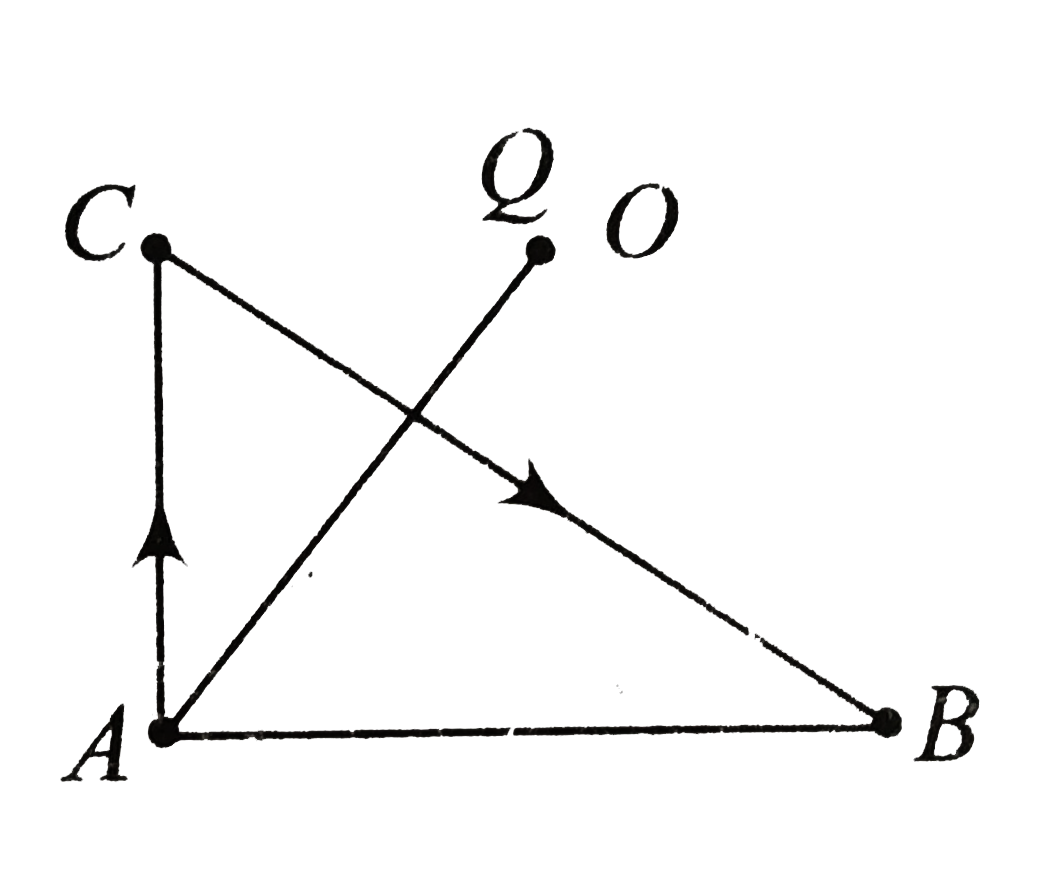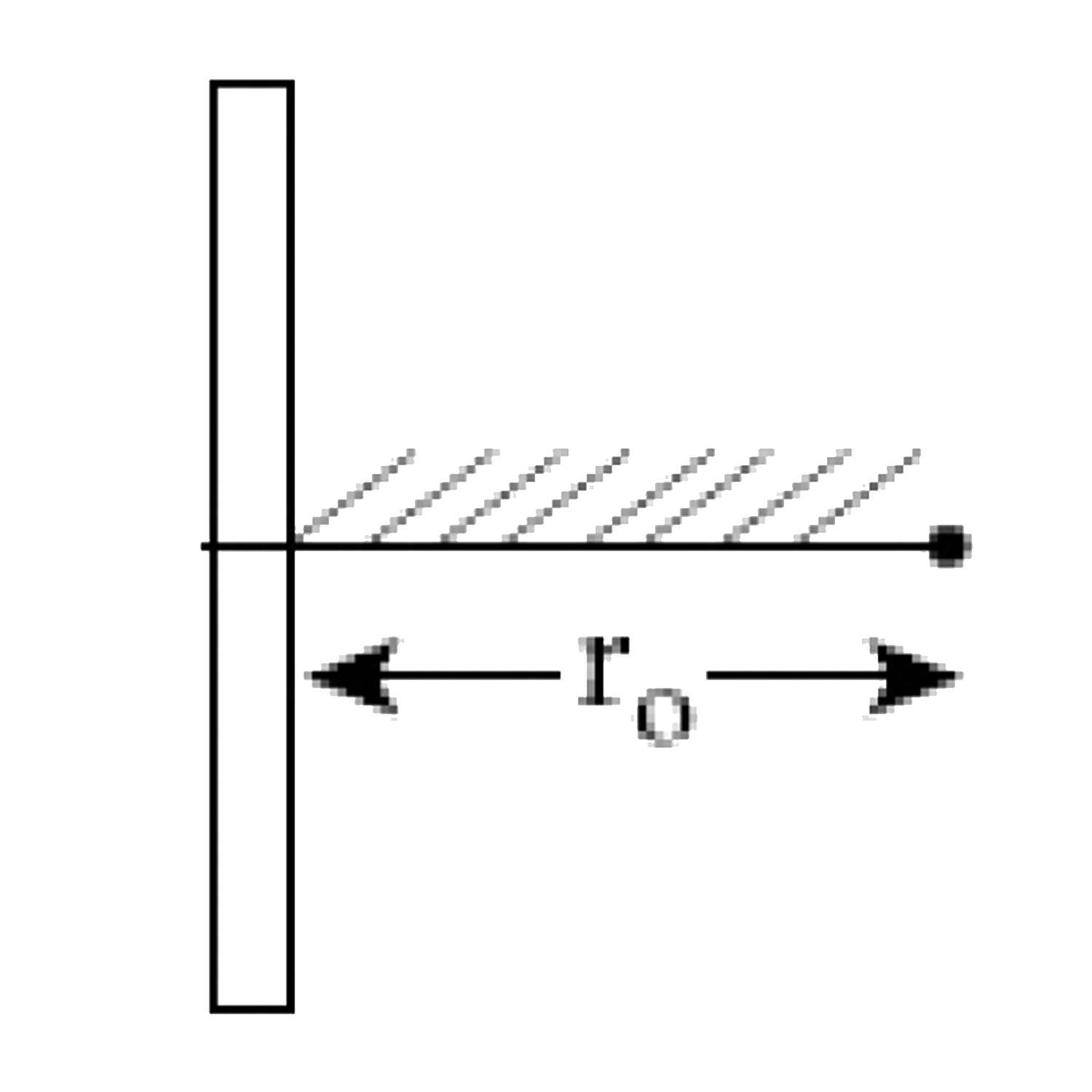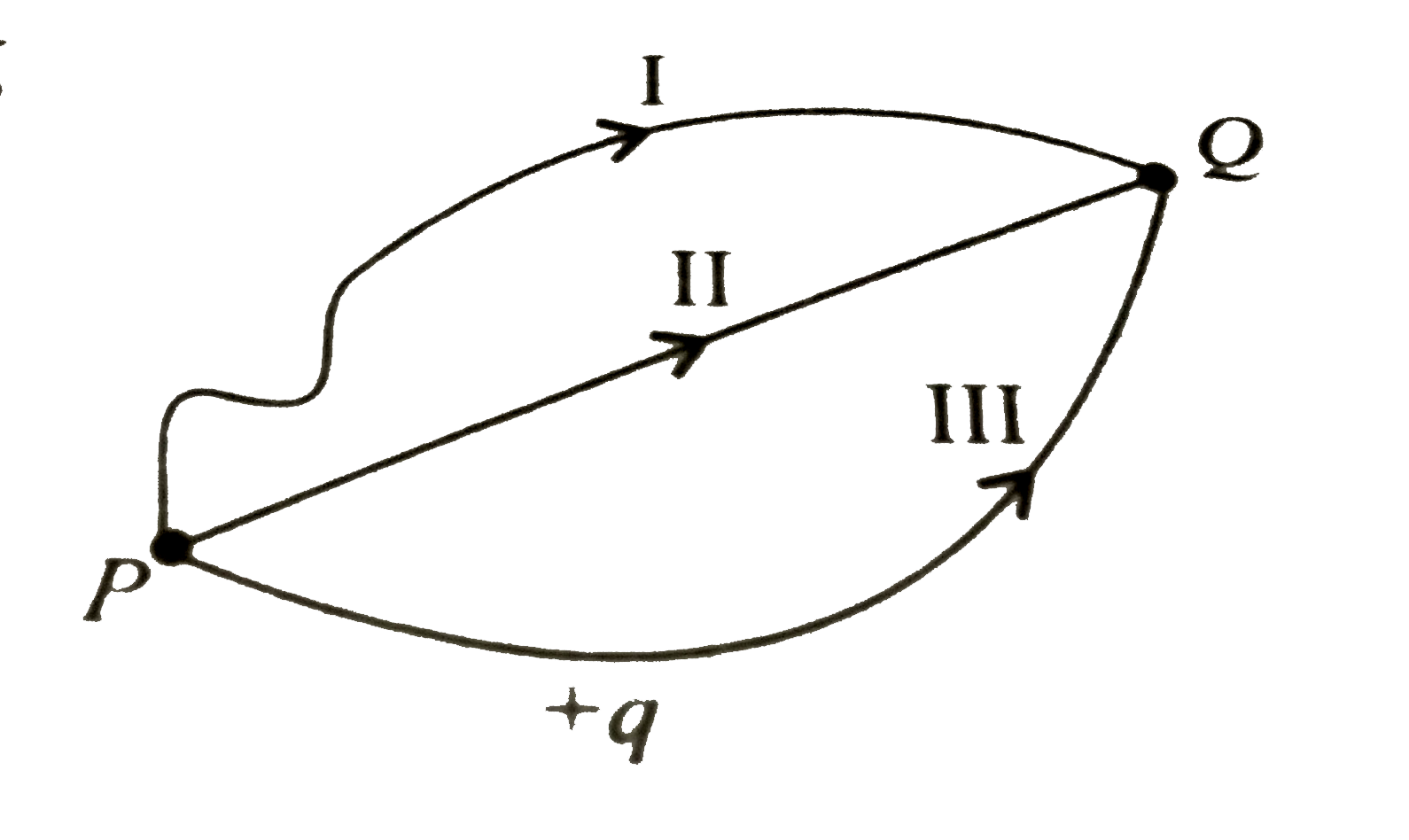The work done in bringing a unit positive charge from infinite distance to a point at distance x from a positive charge Q is W. Then the potential ϕ at that point is
WQx
W
Wx
WQ
The correct Answer is:B
To find the electric potential ϕ at a point located at a distance x from a positive charge Q, given that the work done in bringing a unit positive charge from infinity to that point is W, we can follow these steps:
1. Understanding Electric Potential:
The electric potential ϕ at a point in an electric field is defined as the work done per unit charge in bringing a positive test charge from infinity to that point.
2. Work Done Definition:
According to the problem, the work done in bringing a unit positive charge from infinity to a point at distance x from charge Q is given as W.
3. Relating Work Done to Potential:
By definition, the potential ϕ at a point is equal to the work done W in bringing a unit positive charge from infinity to that point. Therefore, we can express this relationship mathematically as:
ϕ=W
4. Conclusion:
Thus, the potential ϕ at the point located at distance x from the charge Q is simply equal to the work done W.
Final Answer:
ϕ=W
---
The electric potential ϕ at a point in an electric field is defined as the work done per unit charge in bringing a positive test charge from infinity to that point.
According to the problem, the work done in bringing a unit positive charge from infinity to a point at distance x from charge Q is given as W.
By definition, the potential ϕ at a point is equal to the work done W in bringing a unit positive charge from infinity to that point. Therefore, we can express this relationship mathematically as:
ϕ=W
Thus, the potential ϕ at the point located at distance x from the charge Q is simply equal to the work done W.
ϕ=W
Topper's Solved these Questions
- ELECTROSTATIC POTENTIAL AND CAPACITANCE BOOK - NCERT FINGERTPS ENGLISHCHAPTER - ELECTROSTATIC POTENTIAL AND CAPACITANCE EXERCISE - HOTS
5 Videos
- ELECTROSTATIC POTENTIAL AND CAPACITANCE BOOK - NCERT FINGERTPS ENGLISHCHAPTER - ELECTROSTATIC POTENTIAL AND CAPACITANCE EXERCISE - EXEMPLAR PROBLEMS
3 Videos
- ELECTROMAGNETIC WAVESBOOK - NCERT FINGERTPS ENGLISHCHAPTER - ELECTROMAGNETIC WAVESEXERCISE - Assertion And Reason
15 Videos
- MAGNETISM AND MATTER BOOK - NCERT FINGERTPS ENGLISHCHAPTER - MAGNETISM AND MATTER EXERCISE - NCERT Exemplar
5 Videos
Similar Questions
The work done in taking a unit positive charge from P to A is WA and P to B is WB. Then
 .
.
View SolutionThe work done in bringing a 20 coulomb charge from point A to point B for disatnce 0.2m is 2J. The potential difference between the two points will be (in volt)
View SolutionThe work done in bringing a 20 coulomb charge from point A to point B for disatnce 0.2m is 2J. The potential difference between the two points will be (in volt)
View SolutionHow much work will be done in bringing a charge of 400μC from infinity to some point P in the region of electric field ? Given that the electric potential at point P is 20 V ?
View SolutionThere is a fixed positive charges Q at O, and A and B are points equidistant from O. A positive charge +q is taken slowly by an external agent from A to B along the line AC and then along the line CB.

View SolutionTwo positive point charges of unequal magnitude are placed at a certain distance apart. A small positive test charge is placed at null point, then
View SolutionA point charge q is placed at a distance of r from cebtre of an uncharged conducting sphere of rad R(<r). The potential at any point on the sphere is
View SolutionA positive charge is released from rest at a distance r0 from a positive line charge with uniform density . The speed (v) of the point charge , as a function of instantaneous distance r from line charge, is proportional to:

View SolutionWhen the positively charged hanging pendulum bob is made fixed, the work done in slowly shifting a unit positive charge from infinity to P is V. If the pendulum is free to move, the corresponding work done id V'. Then.
View SolutionWhich among the following statements is true about the work done in bringing a unit positive charge from point P to Q in an electrostatic field ?

View Solution
